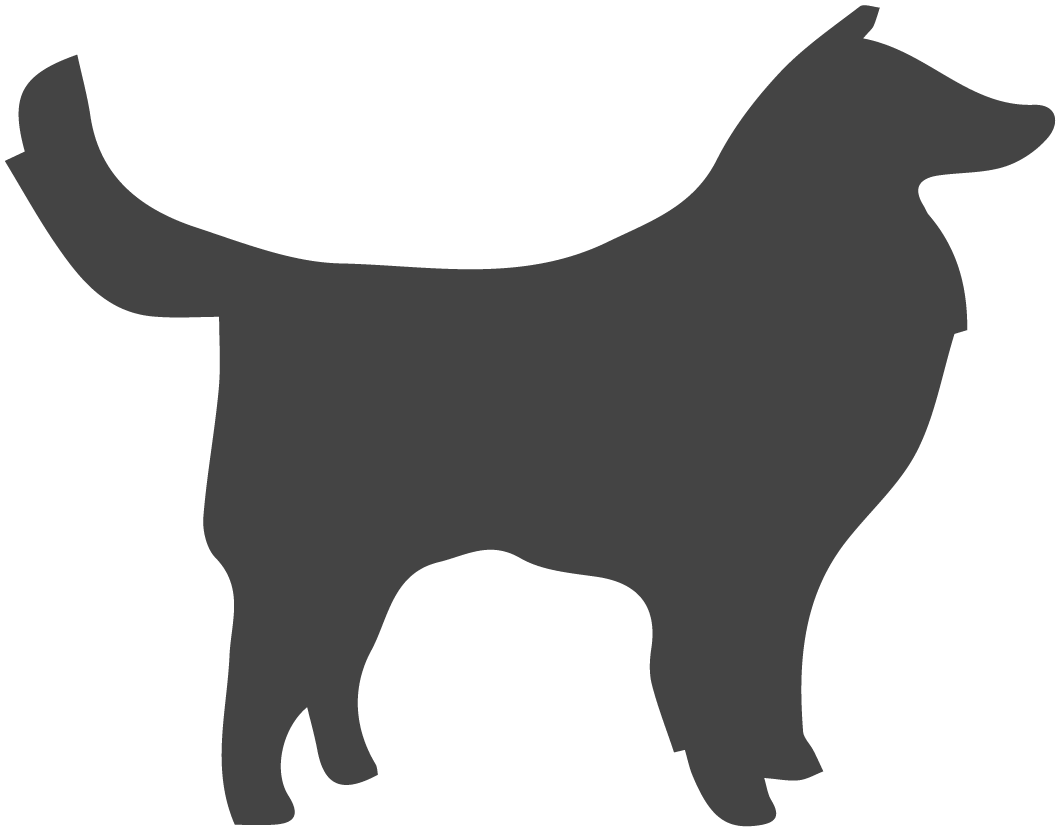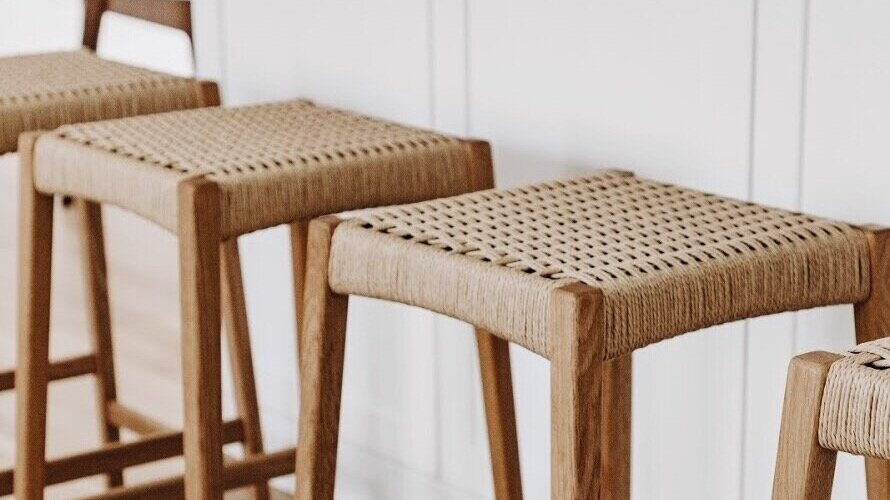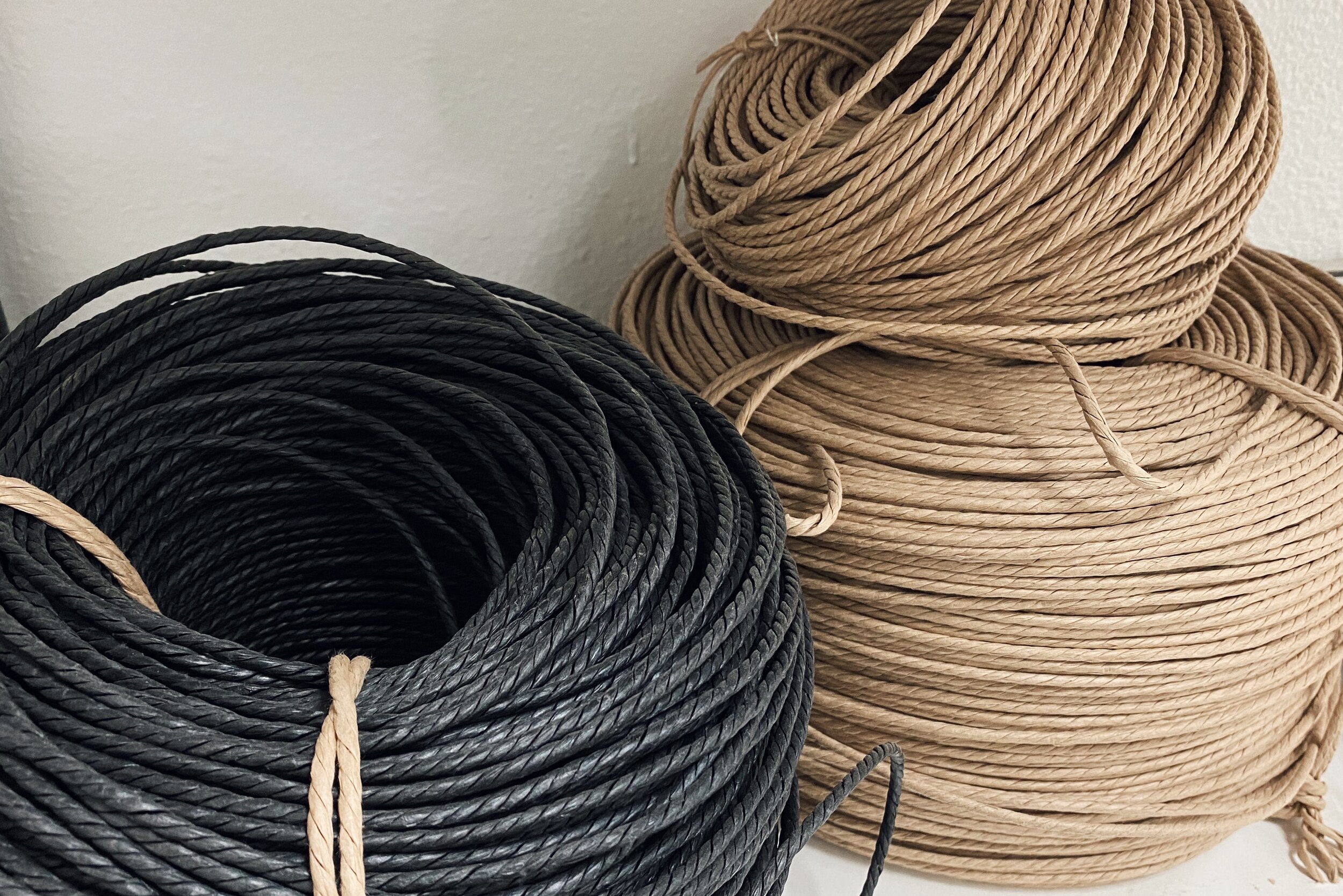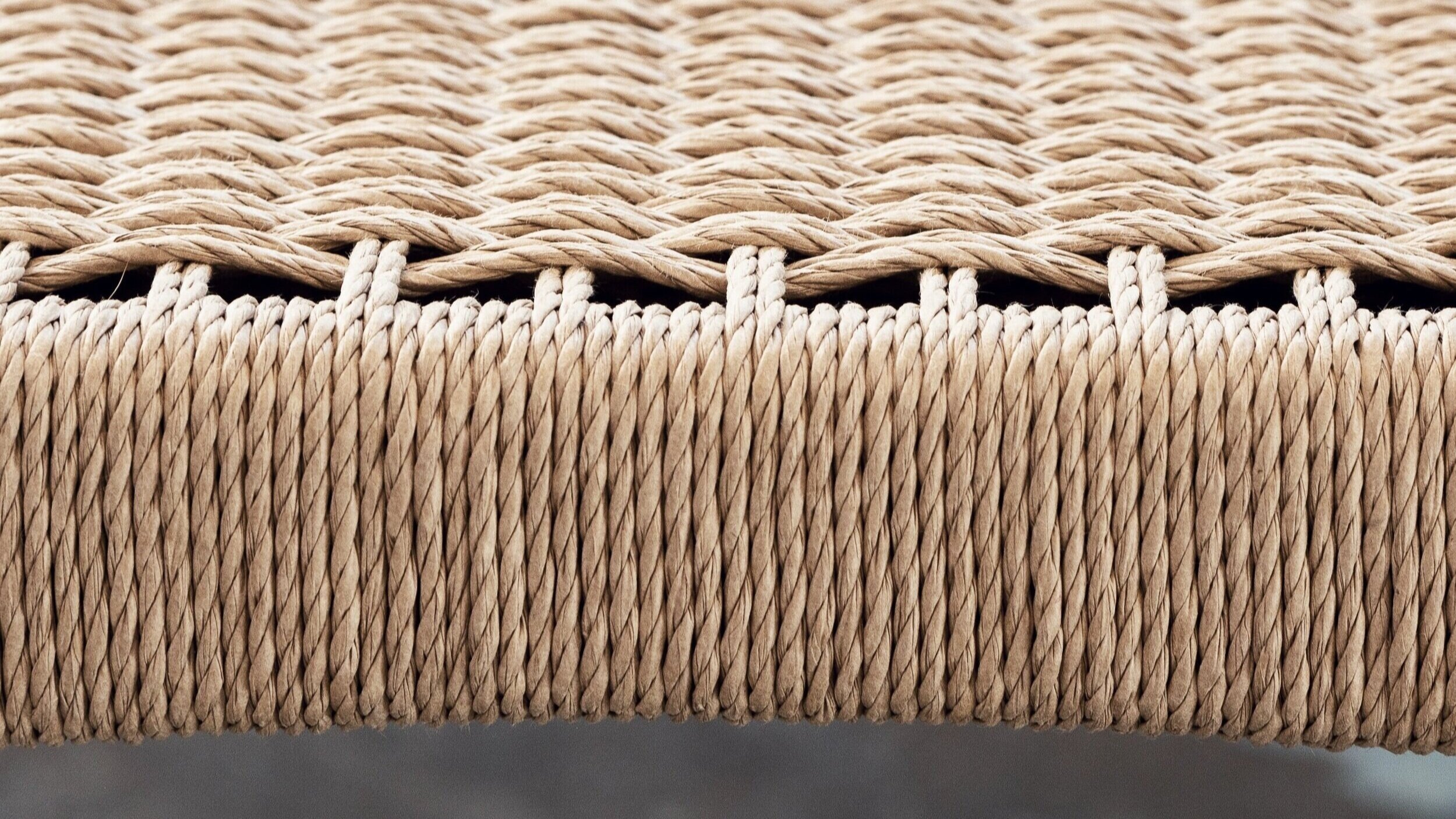What Is Danish Cord?
When thinking about custom, sustainable, or heirloom quality furniture, the materials used are as important as the design itself. One material we believe to be vastly underrated is Danish cord. Noteworthy for its functional and aesthetic qualities, the history of Danish cord and its use in furniture is a story worth sharing…
So, what is Danish cord?
Danish cord is a strong, three-ply, paper cord roughly 1/8” in diameter. It is available in three colors - natural, black, and white. Black cord is dyed prior to being twisted together and white cord is bleached. The natural cord is a kraft-brown color. Danish cord is known for its durability - said to last upwards of 60 years before needing to be replaced. It’s typically waxed to aid durability and prevent stains.
A Little History:
It’s not clear the very first design to utilize Danish cord, but the material gained popularity with furniture designers and manufacturers during World War II. At the time, supplies of common materials such as rattan and sea-grass were limited, so Danish cord was initially introduced as a substitute product.
As the name implies, it is a product of Denmark and it became an important material in the Danish Modern period of the 1940’s and 1950’s. Renowned designers such as Hans Wegner and Børge Mogenson employed Danish cord in some of their most iconic designs.
Why we love it:
In addition to characteristics listed above, Danish cord is a sustainable product. It’s made of paper from FSC®-certified forests. It is a natural, utilitarian product that provides color and texture contrast to the natural hardwoods we use. Woven cord creates a simple, elegant, and comfortable surface for seating. We find it to be a versatile product and are continually looking for excuses to use it.
Still curious about Danish cord? Check out our Briard Stool or Contact Us if you’re interested in something custom!




